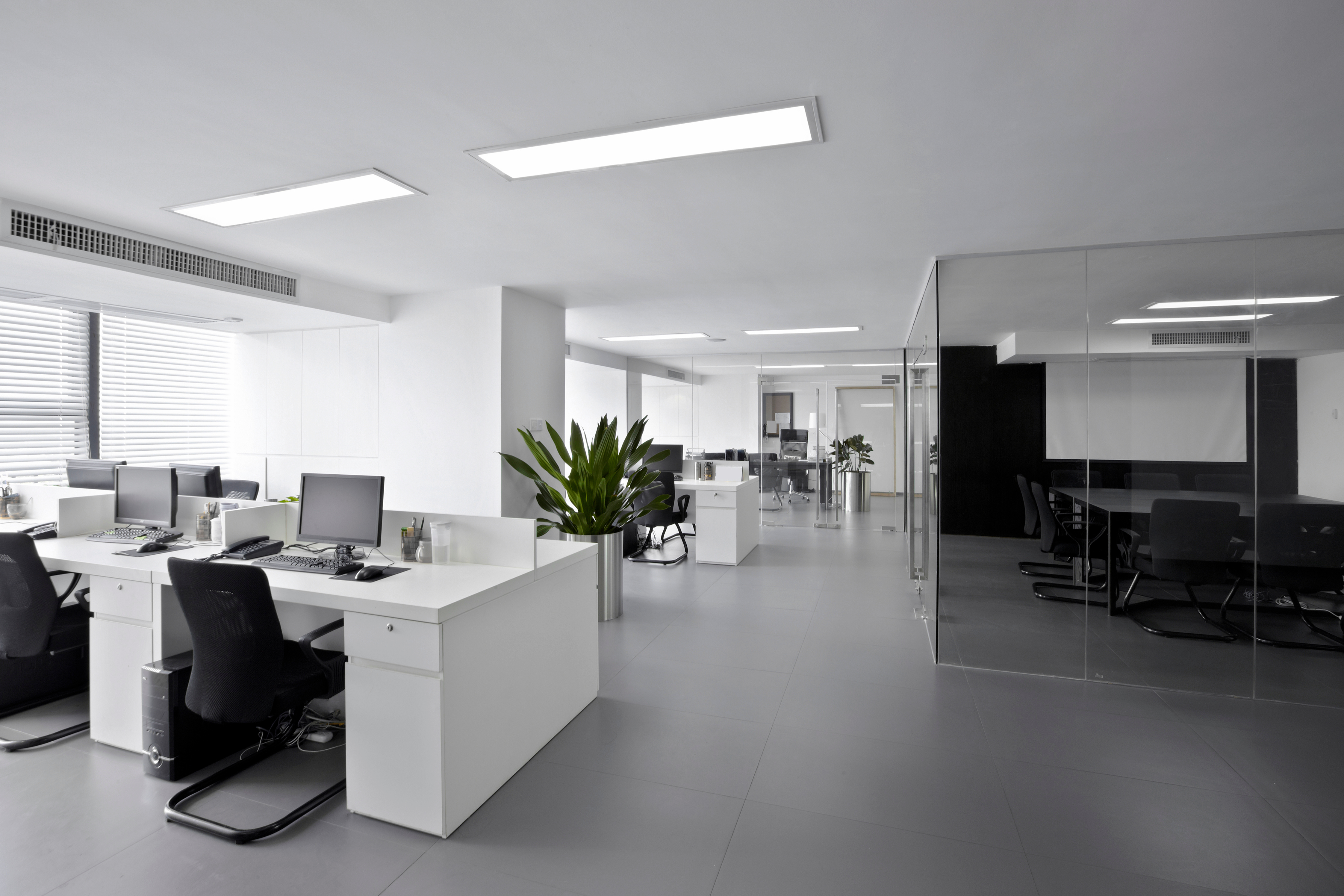At its core, a mobile work environment is a spatial arrangement that considers the mobile nature of today’s workforce. Often, people are away from their desks for meetings, travel, and telecommuting, and the mobile nature of our workforce usually leaves desks vacant in a traditional office setting.
Designing for a mobile work environment means fewer desks than people and a complement of space that fits the office's workflow. For federal agencies, a mobile work environment can reduce space by decreasing the needed space when everyone in the office does not require their own dedicated space.
Two Vital Steps in Guiding the Transition to a Mobile Work Environment
Moving away from a traditional office setup where each employee would have dedicated space (cubicles and offices) can be challenging, and management and personnel often hesitate. Still, by educating an organization’s leaders and encouraging the employees, you can solidify a plan for a successful transition into a mobile work environment.
Step 1 – Go on a Mobile Work Environment Field Trip
Without leadership blazing the trail, no organization-wide transition will be successful. Thus, it is helpful to introduce managers and other key personnel (people who will be leaders and ambassadors for change on the path to mobility) to the mobile work environment. This is often performed through presentations and discussions, but the best technique is to take these leaders on a tour of mobile space.
Such a tour can happen at a location already designed for mobile work and a furniture showroom set up to highlight the advantages of a mobile work environment. Leaders need to understand how this non-traditional workspace can be set up to enhance productivity. It is also essential for leaders to witness firsthand how a proper layout can isolate both audible and visual distractions. Finally, such tours enable leaders to see how technology can support a mobile environment and be integrated into the office.
We have seen many leaders who initially had skeptical faces during presentations later become excited after a tour of a mobile work environment.
Step 2 – Grassroots Matter
With the support of an organization’s leaders, it is time to orient all personnel to the mobile office environment. It is helpful to develop orientation and education materials to facilitate this effort. It is often most effective to lead a presentation about the space-saving and workflow advantages of the mobile work environment (we will discuss other types of orientation methods in future blogs). Key topics could include:
- Defining a mobile office
- Providing examples of mobility spaces (i.e., touchdown stations, getaway booths, huddle areas, social areas, etc.)
- Showing example layouts of neighborhoods or zones that include an appropriate mix of spaces for quiet concentration, collaborative areas for small and large team discussions, and social areas for more informal communication
- Demonstrating technologies that will enhance the mobile work environment
- Presenting the benefits of mobile work (i.e., cost savings, employee morale, better life–work balance, etc.)
To effectively communicate with the organization, we recommend delivering the presentation to a series of smaller groups instead of to all employees at once. This encourages active dialogue with questions and feedback to ensure all employees understand the new office setup.
The presentation should also include leaders’ impressions of their experiences with the mobile office field trip. This solidifies their place as ambassadors of change. Having someone you know and respect as a leader describe their hands-on experience is critical to helping others become more comfortable about a mobile transition.
The goal of the orientation is to gain the grassroots support of all employees so that the office can make an informed decision regarding mobility as a means to reduce space. Regarding mobility, there is no one size fits all formula. Every office is unique, and a mobile space environment must be customized to the culture and workflow of each office.





.jpg)




.jpg)


.jpg)
-1.jpg)
.jpg)
.jpg)
.jpg)
.jpg)
.jpg)
.jpg)

